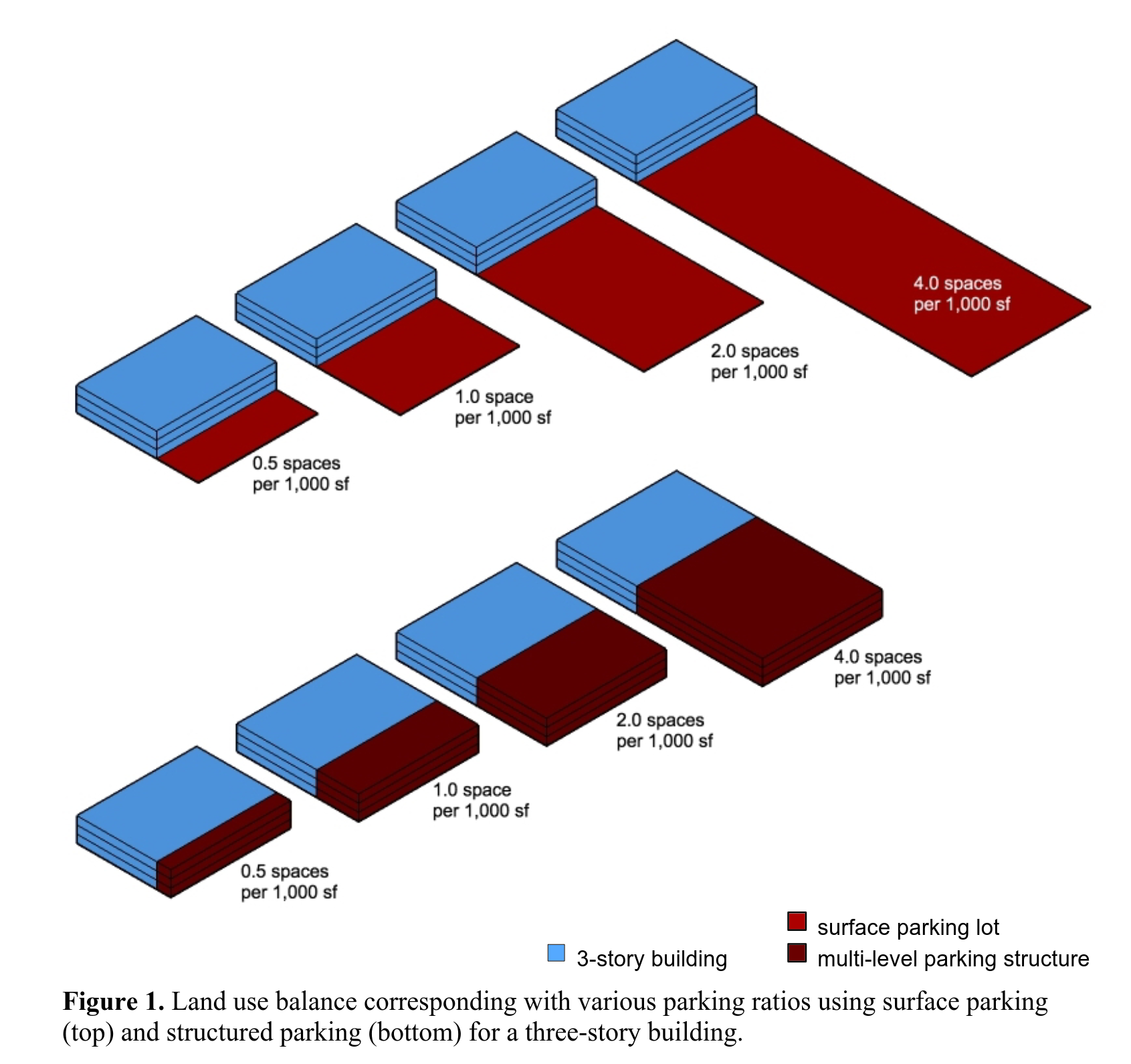SB 5184: How Tacoma moves beyond Parking Minimums
Senate Bill 5184 is a significant shift in how Washington cities approach parking, aiming to reduce development costs, encourage more housing, and create more vibrant, walkable communities. This post will explain the bill’s key provisions, its impact on Tacoma, and the next steps for our city.

Senate Bill 5184 (The Parking Reform and Modernization Act), originally proposed by Jessica Bateman (D-Olympia), is due to be signed into law later tomorrow by Washington's Governor Bob Ferguson. The bill, seeks to reform the practice of requiring excessive vehicle parking at businesses and homes throughout the state, which the Legislature finds "needlessly drive up development costs, especially for housing", as well as has negative impacts like furthering automobile dependence, harming public health, and contributing to climate change.
SB 5184 represents a significant shift in how Washington cities approach parking, aiming to reduce development costs, encourage more housing, and create more vibrant, walkable communities. This post will explain the bill’s key provisions, its impact on Tacoma, and the next steps for our city.
Testimony during the bill's hearing this legislative session described how many cities and counties are either guessing what requirements should be or are copying each other's requirements that may be several decades old - predating things like the Internet, which make physical presence less necessary, through services like e-commerce, e-learning, online banking, telecommuting, etc.
Some of these parking requirements bear resemblance to mid-20th century Americana, with the Tacoma city code being arbitrarily specific about the number of parking spaces needed for a bowling alley (5 spaces per lane), skating rink (6 spaces per 1,000 square feet), miniature golf course (2.5 spaces per 1,000 square feet), or dance hall (7.5 spaces per 1,000 square feet). Requirements for religious organizations are oddly based on the length of the seating in the building. It remains unclear if divination was used to determine this requirement or not.
SB 5184 implements several specific restrictions on cities, such as allowing no more than a requirement of 0.5 spaces per home in multifamily or 1.0 space per single family house, and requiring no more than two spaces per 1,000 square feet of commercial. It also expands exemptions for parking requirements such as all affordable housing, senior housing, ground floor retail in mixed-use structures, residential units smaller than 1,200 square feet, and commercial development 3,000 square feet or smaller. It does not require less parking, rather it establishes limits on what cities and counties can require.
Findings from the State and the new limits should give planners at the city and county levels some pause. Such officials need to rethink and revise outdated code language that tells people how many parking spaces their home or business "minimally needs" to function. This new law now opens such assumptions up to new scrutiny. Is the amount of parking scientifically determinable like an item of the building code or is it a hunch? And if it is a hunch, who's hunch is it and can we rely on it to produce the city we want? We need only look to other developed countries in Europe or Asia to see workable alternatives with less or no parking that provide expanded access and an improved pedestrian environment with vibrant places to live, work and play. The key decision about implementing these reforms is to recognize what kind of city we want to be. Do we want to be a compact city, well served by walkable and complete neighborhoods and sustainable transportation? Or do we want to be a city tied to the spatial constraints and needs of the automobile.

We already know what the latter looks like, because it is what much of Tacoma was shaped by in the 20th century. Providing an arbitrary number of minimum spaces results in parking lots dwarfing the land used by the building (strip malls, big box retail) or preventing needed housing from being developed. Further, providing for "enough" parking has historically given traffic engineers justification to call for ever more roadway widening and highways, running counter to desires of local residents for more proximity and more walkable access to daily needs.
The impacts of requiring too much parking are all too clear to anyone walking on such a street: increased urban heat island in the summer, longer walking distances to every land use, higher traffic volumes, air pollution, noise and dangerous conditions for vulnerable people crossing the street.
These issues are clearly visible in Tacoma's current code. Tacoma's parking mandates (TMC 11.06.060) generally ignore the health and environmental impacts or the social and economic isolation that excessive parking and automobile dependence imposes on households without a private vehicle or those who cannot drive. The purpose of such requirements the code states are to ensure "safe and adequate flow of traffic", which is a laughable and misguided intent, as Tacoma's streets are made less safe and traffic flow made less adequate as seen in areas with excessive parking, driveways and multiple lanes of travel.
In many ways the code is very much out of step with both Tacoma's Comprehensive Plan, which mandates use of a Green Transportation Hierarchy, and regional planning mandates to encourage sustainable transportation alternatives and infill development. At the same time there needs to be logistical reform of the code, which has gotten increasingly complex in this section, with the exceptions in parking requirements now exceeding the length of the requirements themselves by a rough 3:1 ratio.
The City of Tacoma will be subject to making changes to conform with the new law within the next 18 months. As Chair of the Planning Commission, I will work to expedite these changes by the end of 2026, with an eye towards simplifying the code to accelerate permitting, while meeting State requirements for reform. I anticipate the Commission to work on streamlining the permitting process by focusing on design standards and moving away from the practice of minimum parking mandates as a method of encouraging transportation access. These reforms should give more control to residents and businesses to determine how much vehicle access they need, while freeing up more land for tree canopy, housing, jobs, and services to meet the current and future needs of the city. These changes should seek to emphasize the importance of creating complete neighborhoods as a public good rather than giving mandated land preference to cars.
I encourage the public to engage with the Planning Commission as we undertake development of these vital and state-mandated reforms.
